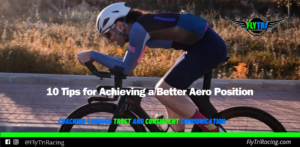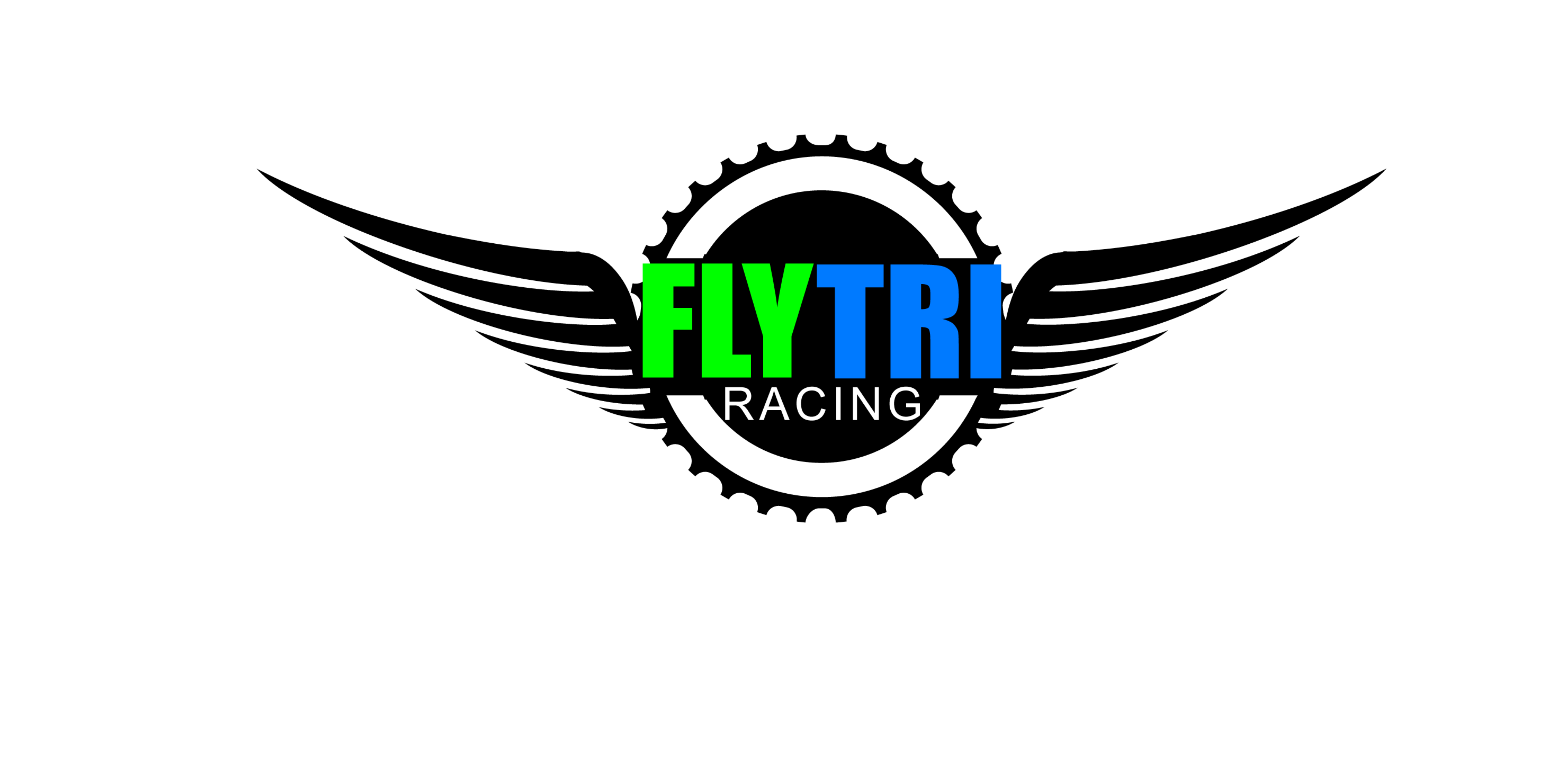Many endurance athletes only strength train as a matter of necessity—commonly to rehab an injury, or during the offseason. But when the holidays hit and/or base training time increases, their attention to strength training inevitably wanes.The unfortunate result of this occurrence is that the athlete almost immediately starts to lose the strength that they just worked so hard to build.
Strength training in endurance sports has come a long way, especially in the last 10 years. However, there is still a great debate about whether triathletes, cyclists, and runners should be lifting weights. As a coach this is an important issue to understand and get right so I recently took the opportunity to attend a webinar by Menachem Brodie of USA Cycling and the author of The Vortex Method.
Strength training in endurance sports has come a long way, especially in the last 10 years. However, there is still a great debate about whether triathletes, cyclists, and runners should be lifting weights.
There are a handful of phases of strength training that apply to a cyclist or endurance athlete that Brodie discussed in his webinar and they are included in his book, The “Vortex Method, The New Rules for Ultimate Strength & Performance in Cycling.” They are:
- Anatomical Adaptation
- Hypertrophy
- Max Strength
- Conversion to Sport
- Maintenance
Anatomical Adaptation
The first phase is common and it’s called anatomical adaptation. This phase is typically the first 2-6 weeks of a strength program. The amount of weight lifted isn’t as important as learning the correct movement and technique. Beginners with no experience should start the movements without weight at first so they can learn the correct movements and joint positions before adding weights. During this stage we are simply learning how the body feels and moves. Your ideal perceived exertion or effort level during this stage in RPE (rate of perceived exertion) is a 5-6.
During this stage we are allowing our body to adapt to the demands we are placing on it and we want to learn the proper techniques to lift safely using strength training to improve our power and performance.
Hypertrophy
The 2nd phase is the hypertrophy phase and is 80-90% of your estimated 1 RM (rep max, or the most weight you can lift in just one rep) for intermediate to advanced athletes and if you’re a beginner it’s more or less 75-80% of your 1 RM. The set and rep ranges are approximately 5-7 sets of 5-12 reps, with 1-3 minutes of rest between each. To recover you will need 24-48 hours between these sessions. If you’re reading this you’re probably thinking that is a lot of lifting so won’t I put on muscle mass? First there have been numerous studies that heavy lifting improves muscle fiber recruitment in your sport, improves time to exhaustion, economy, and increases your sport-specific strength.
Next, with the endurance activities it would be nearly impossible to put on much muscle mass, as long as you’re performing endurance work for a minimum of 5-7 hours a week. This is one concern that endurance athletes have with lifting weights and the “hypertrophy phase.” You also don’t have to do as many as 5-7 sets as most will see a benefit with just 3-5 sets. In the hypertrophy phase we are working on myofibrillar hypertrophy here in the 4-6 rep range, which is essentially muscle fiber growth. When this happens the more myofibrils increase, which then increases strength and density of muscle. During this phase it is also ideal for the intensity of your running or cycling training to be lower as it’s really physically taxing to exert high effort in both. The RPE effort level typically is in the 6-8 range. This phase of training could last 6-12 weeks depending on the person’s season and experience.
Max Strength
Following the completion of the hypertrophy phase, we can progress into the max strength phase. This is not to be achieved for muscular failure, but is about 85-90% of one’s estimated max. As such, you may only be able to get 2-4 reps . The higher the weight you can lift the more nervous system units are recruited to contract. The whole strength session doesn’t have to all be in max strength lifts but rather you can focus on the 1-2 movements where you need the most improvement. In addition, for on the bike training in this phase you can include power starts and longer climbing strength.
Conversion to Sport / Speed Strength
The fourth phase that Brodie discusses is the Conversion to sport-specific speed/ strength phase. I bet there are many endurance athletes who are not familiar with this phase. It’s easier than it sounds but it often goes ignored. This phase is where you develop a skill that you want to be explosive with and have great technique. This is a wide percent range depending on the number of reps from 30-85% of your estimated 1 RPM. For beginners this can be 30-40% and for the intermediate and advanced athletes, most of the lifts are less than 60% of your estimated 1 RM. The better your technique, the better your joint positions will be to improve your explosiveness. In this phase you should aim for a 3-times-per-week minimum, if possible. An example set would be 3 sets of 3 reps with 3-6 minute rest between each.
Following the conversion to sport/speed strength phase is a final combination of strength/power of 3-5 sets of 8-20 repetitions each with 2-4 minutes of rest between each. This type of lifting combines all the components that you have trained with so far before you head into your main competition phase of training.
You will dial this back to 1-2 x per week during the week as also you will emphasize more on-bike/run/swim specific intervals and skills. Such as hill work, climbing, cornering, form drills, pulls, etc. Practicing these skills after all the recently-developed strength work you have been putting back into your training can make all the difference.
Maintenance
After the conversion phase above, an athlete would then go into the maintenance phase during their competition and maintain these strength and power levels as the racing season picks up. This is a commonly skipped stage of strength training. During this stage you can cut the duration of your weight training down to 1-4x per week as your schedule permits and it’s important to lift by RPE and not the historical amount of weights you have been lifting, especially if you’re lifting right after a run or bike. Your RPE from the maintenance phase should be in the 6-8 range but the duration is shorter than the other stages.
Conclusion
A few thoughts before closing, before you begin strength training you need to remember that tissue adaptation takes time. You should start with low to medium volume and since you are likely swimming, cycling, and or running, you are also balancing training fatigue with your strength sessions. The strength sessions shouldn’t be so demanding that they take away from the others, but you do need to plan accordingly and may need to reduce one session or be a little more creative with your time, especially when just starting out. When you are building up strength it’s similar to your endurance training your ramp rate should be less than 10% in total volume.
Sources
Brodie, M. (2020). The Vortex Method: The New Rules For Ultimate Strength & Performance in Cycling (1st ed.). HVT Publishing; 1st edition.
Brodie, M., & USA Cycling. (2019). Building & Designing a Highly Effective Annual Strength Training Program For Your Athletes. USA Cycling. https://legacy.usacycling.org/myusac/index.php?pagename=purchase_clinic&type_clinic=coaches
William Ritter, from Tyler Texas is the Head Coach at Fly Tri Racing. He is a TrainingPeaks Level 2 Accredited Coach, Ironman U, Tri Sutto Coaching Certified, USA Cycling, and USA Track and Field Level 2 Endurance Certified Coach and USATF Cross Country Specialist. He specializes in coaching triathletes and runners of all abilities. Ritter’s coaching is detailed and based on the individual athlete blending the art and science of coaching. To learn more about Ritter and personal coaching visit www.flytriracing.com or send email to flytriracing@gmail.com.




